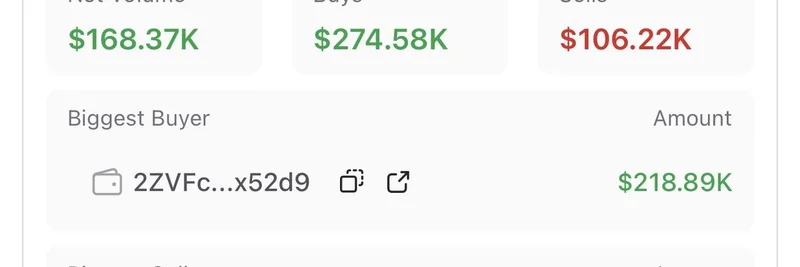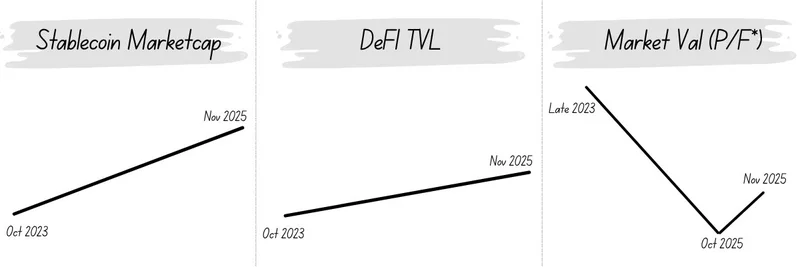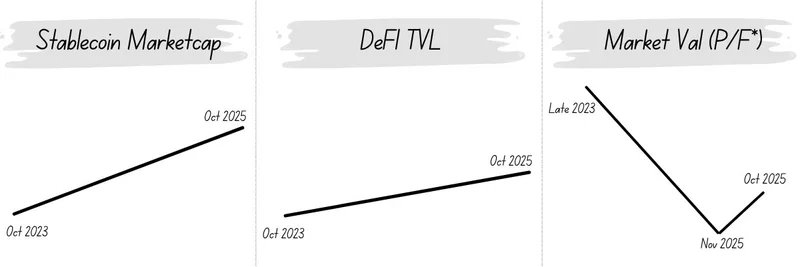Hey there, crypto enthusiasts! If you’ve been scrolling through X lately, you might have stumbled upon a thought-provoking tweet from MartyParty that’s got the blockchain community buzzing. Posted on August 9, 2025, MartyParty dropped a truth bomb about the difference between permissioned and permissionless blockchains, and it’s sparked a lively discussion. Let’s break it down and explore what this means for the future of cryptocurrency—especially for those of us at Meme Insider who love diving into the wild world of meme tokens and blockchain tech.
What’s the Big Deal with Permissioned Blockchains?
MartyParty’s tweet kicks off with a bold statement: “Permissioned = a security = requires disclosures for user protection = legal redtape and increased surveillance and regulatory capture.” In simple terms, a permissioned blockchain is like a private club—you need approval to join, and only certain people can make changes. Think of it as a corporate ledger where a handful of admins control who gets in and what happens. This setup is common in enterprise settings, like supply chain management, where security and control are key. According to Investopedia, permissioned blockchains add an access control layer, letting admins decide who can view or edit data—say, hiding transaction prices from the public while keeping product details visible.
But here’s the catch: MartyParty argues that this control comes with a cost. Since it’s treated as a “security” (like stocks or bonds), it’s tangled up in legal requirements, surveillance, and what he calls “regulatory capture”—where regulators might favor big players over the little guy. This could mean more red tape for users and less freedom, which clashes with the decentralized spirit of crypto.
Permissionless Blockchains: The Crypto Dream
On the flip side, MartyParty hints at the beauty of permissionless blockchains—like Bitcoin. These are open to everyone, with no gatekeepers. Anyone can join, mine, or validate transactions, and changes only happen through a supermajority consensus of stakeholders. In a follow-up tweet, Shanaka Anslem Perera doubles down, calling Bitcoin the gold standard because “it cannot be captured, censored, or reshaped by human hands.” This immutability is what makes permissionless blockchains a favorite for purists who see them as true digital money.
The tech behind this is fascinating. Take proof of stake versus proof of work—two ways blockchains pick who updates the ledger. Proof of work (used by Bitcoin) is a competitive race to solve math puzzles, while proof of stake is more like a lottery where staked coins determine your odds. Both aim for decentralization, but permissionless systems take it further by avoiding central control.
The Debate Heats Up: Security vs. Freedom
MartyParty’s thread didn’t just stop at definitions—it sparked a firestorm of opinions. Some, like Atenov int., point out that coins like XRP have “legal clarity” as non-securities, thanks to court rulings. Others, like Gaijin, argue that permissioned blockchains with “admin keys” can protect users from bugs or hacks—think of it as a safety net. But the consensus leans toward freedom: users like Sage of Six Paths and poorkido echo MartyParty’s view that if a blockchain can be changed without public consent, it’s just a “permission slip,” not real crypto.
This tension between security and decentralization is huge for meme token creators and blockchain practitioners. Meme tokens often thrive on community-driven, permissionless networks, where anyone can launch a token or join the fun. A permissioned system might stifle that creativity with regulations.
What’s Next for Blockchain Regulation?
MartyParty also teases some “surprises” ahead, especially for proof-of-stake networks. As regulators dig into blockchain code and history (like genesis blocks), they might reclassify tokens, impacting their value. This could shake up the crypto market, especially for tokens on the edge of regulatory gray areas. For meme token fans, staying informed is key—check out Meme Insider’s knowledge base to keep up with the latest trends and tech updates.
Final Thoughts
MartyParty’s tweet is more than just a hot take—it’s a call to understand the core of blockchain tech. Permissioned blockchains offer control and security but risk losing the decentralized dream. Permissionless blockchains, while wilder, embody the freedom that drew us to crypto in the first place. As the debate rages on X, it’s clear this isn’t just about tech—it’s about the future of money and power in the digital age. What do you think? Drop your thoughts in the comments, and let’s keep the conversation going!
Note: No images were found in the tweet or thread, so the cover field is omitted.




